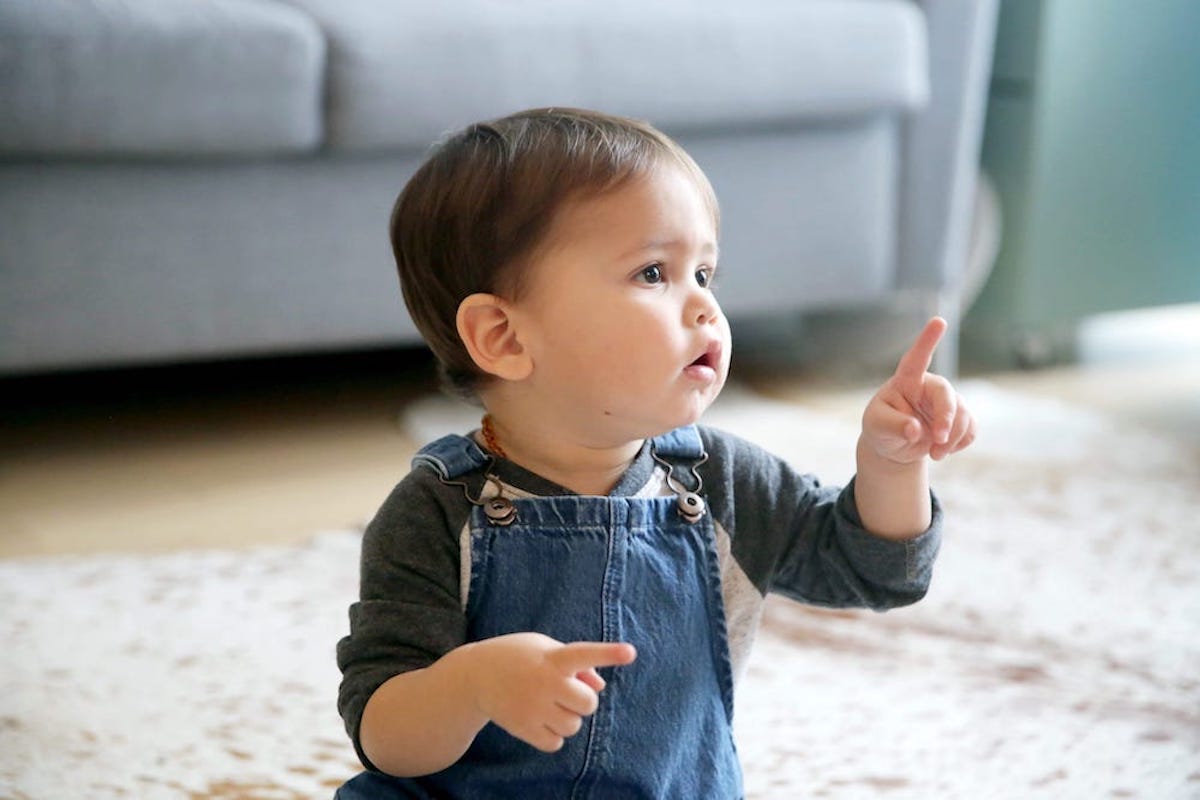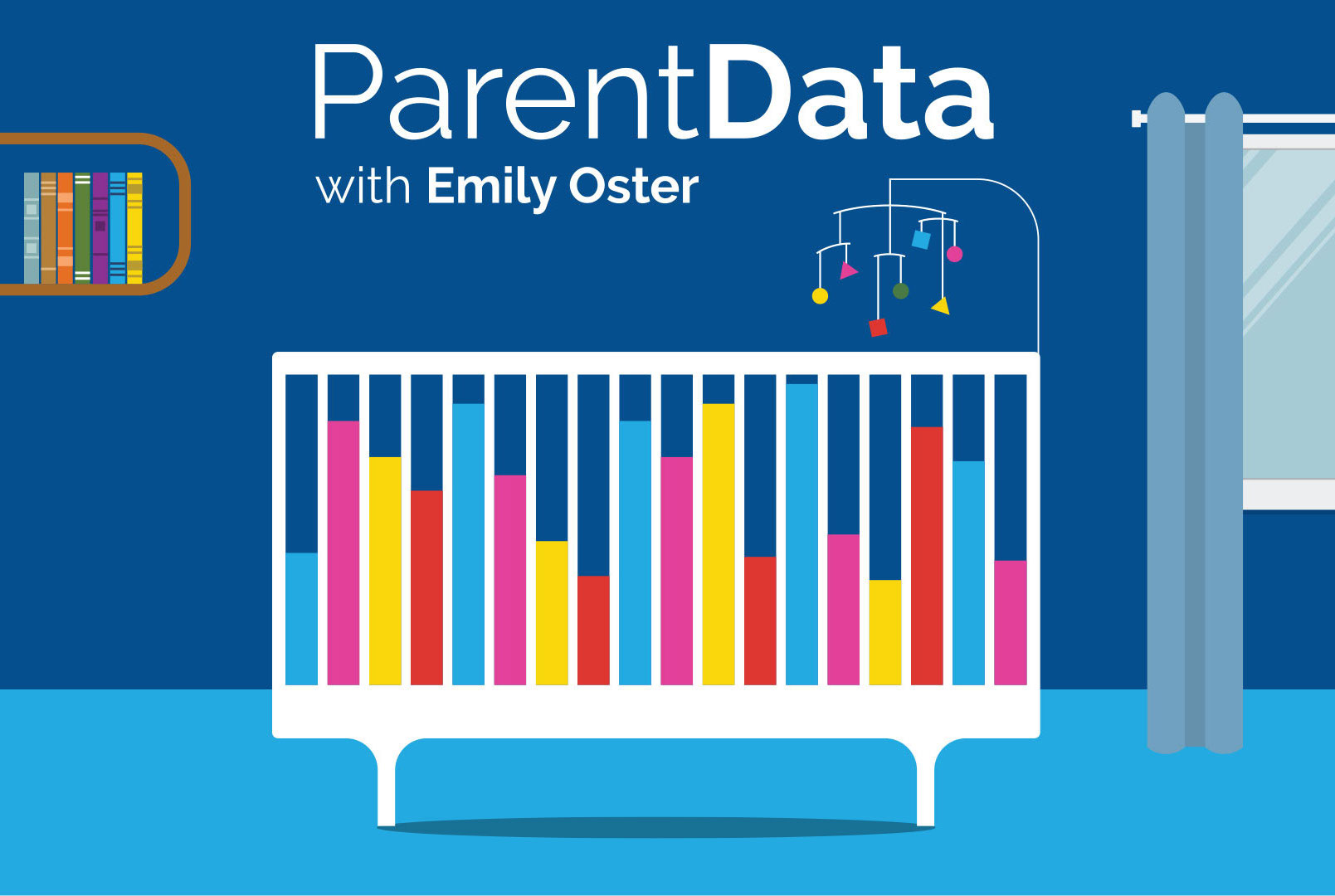This article was originally published during the COVID-19 pandemic.
The COVID-19 pandemic has had impacts on children that go far beyond the effects of disease. We are beginning to get a better understanding of the impacts on school-age children, especially around learning. Many of the readers of this newsletter, however, are parents to smaller children. And if you’re in this group, you might have heard some scary coverage about COVID and infant development. But are those concerns real? Or just fearmongering?
There are, to my mind, two key questions to be asked here. The first is a narrower one: Does having COVID-19 during pregnancy impact child neurodevelopment? The second is broader: Has the experience of the pandemic (stress, lockdowns, lack of social interaction, illness of adults, etc.) impacted this younger age group? For older kids, we know the answer to the second question is yes, based on the dramatic declines in academic test scores. In that case, the mechanism (disrupted schools) is clear. But it’s less obvious that we’d see that with younger children.
To dig into this, we’ll look at what the data says about these two questions in turn.
It is worth saying up front: many of the concerns voiced about kids and the pandemic relate to long-term impacts. By definition of where we are, we cannot speak in either direction to concerns about impacts on school performance, adolescent health, or long-term mortality. At this point, the outcomes we can look at are limited to what we can study in early childhood.
In utero effects
I want to start with this question because I think it is the most decision-relevant. If you are pregnant, it’s necessary to make a series of choices about how careful to be around COVID. If it poses a particular in utero threat, that would be part of the calculus.
There is a large academic literature on the impacts of in utero pathogen exposure on long-term health and other outcomes. For example, in utero exposure to the 1918 flu appears to have had a variety of short- and long-term effects. These earlier experiences naturally suggest the hypothesis that COVID-19 exposure could have negative impacts. However: it’s not obvious this would carry over, for a variety of reasons (for example, we have better resources now).
There are two key papers on this in utero question.
The first was published in JAMA Pediatrics in January 2022. This study focuses on 255 infants born between March and December 2020. The researchers used a tool called the Ages & Stages Questionnaire to evaluate child development (it was also used throughout the papers discussed here).
To answer the question of in utero impacts, the authors compare infants of mothers who had COVID while in utero with those who did not. They find no differences in development between the two groups.
The second paper, this one in JAMA Network Open, finds the opposite. The authors analyze 7,772 live births, of which 222 are births to women with confirmed COVID-19 during pregnancy. The authors find that the children of mothers who had COVID during pregnancy are more than twice as likely to have a neurodevelopmental delay diagnosis relative to those without. This is especially true for COVID in the third trimester.
On the face of it, these findings are at odds. A closer look makes clear what is going on. In the first paper, the authors match the analysis on gestational age — effectively, comparing full-term infants with full-term, and preterm with preterm.
In the second, this matching isn’t done. And in that second paper, the authors observe large differences in preterm birth for exposed and unexposed women. Moreover, when they limit to full-term pregnancies or adjust their analysis for time spent in the hospitals, their effects are much smaller and no longer significant.
Pulling this together, the data suggests (as we know from other analyses) that COVID-19 — especially among unvaccinated women — increases the risk of preterm birth. Preterm birth is associated with an increased risk of developmental delay diagnosis (both because these delays are more common and probably because doctors are paying more attention). For this reason, COVID infection in pregnancy may impact children. But it’s the prematurity, not the COVID per se, that seems to be the mechanism.
From a practical standpoint, the main advice here is to get vaccinated prior to or during pregnancy. What we know about the impacts of COVID-19 on pregnant women suggests that by far the most significant risks are to those who are unvaccinated. These risks are preterm birth and other pregnancy complications.
Overall impacts
A much broader question is whether the pandemic has impacted child development in general. There are a number of possible mechanisms for this impact. Parental stress, lack of socialization, limited exposure to child care, masked child care providers, and more. None of these mechanisms are as clear-cut as those for older children in school, but many of them are plausible.
Identifying the effects here is a challenge given the data we currently have. To be more specific, the main way we would be able to discover impacts of the pandemic overall is to compare children over time based on their birth timing. We could compare some child development metric at age 1 among children who were born in 2018 with those who were born in 2020.
In order to do this type of analysis well, you need to be confident that other than the pandemic, everything else is held constant — the way you recruit the kids, the way you evaluate development, etc. At the risk of belaboring the comparison, when we do this analysis of elementary school test scores, it works because the tests are run the same way in each year, on the same groups.
In the long run, I do think we may be able to run this type of analysis for child development. In the short run, though, the studies we have of it are very problematic.
For example: we can return to the first of the papers discussed above. While that paper showed no differences between kids whose mothers had COVID-19 during pregnancy and those who did not, the overall cohort scored considerably lower than earlier birth cohorts on gross motor skills, fine motor skills, and a subdomain of the test called “personal-social.” These effects are reasonably large.
However: in this study, the comparison group and the pandemic group were recruited in totally different ways. The pandemic group was part of a cohort study recruited to examine COVID in pregnant women. The historical cohort was from a sample of children recruited for a different study, in an earlier time period. This protocol is fine from the standpoint of comparing within the pandemic-period group, because they were all recruited in the same way. But the difference across groups in recruitment means it is extremely difficult to learn anything from the comparison.
The journal published a comment on the article that, while somewhat snarky, I felt captured my point accurately: Although the authors claim that their data suggest “the potential for a significant public health crisis,” I believe the data should not be taken as suggesting anything, owing to the methodological limitations noted here.
A second paper, which is still a preprint, used a sample of mothers and infants who have been recruited in the same way since 2011. The researchers compare cognitive testing for children in this cohort born during the pandemic with those born before. This is good because it gets around the issue of differential recruitment. The results in this study are especially scary — the authors estimate a 27-to-37-point reduction in IQ, which is almost unheard-of.
In fact, this magnitude of an effect is extremely implausible. Even those most concerned about child development during this period do not think that the pandemic caused a 30-point IQ drop. And when you dig into this paper, it becomes clear what is going on. Much of the testing requires young children to understand instructions and words. In the pandemic period, the testers were masked. Without weighing in on the possible issues of masks in general with children, I think it is fair to say we’d expect it to matter a lot in this case, with young kids and unfamiliar interviewers.
This sample seems like a good one with which to answer these questions in the longer term, when we have the ability to run the tests the same way. But for now, it is also meaningless.
Perhaps the best study I found on the subject, though it didn’t get much attention, was this one. In it, the researchers looked at neurodevelopment scores for 1,024 children ages 6 months to 36 months, collected from pediatric practice records. They used the same pediatric practices before and after the pandemic, and the samples were all collected in the same way (they are parent-reported responses to a standard questionnaire).
In this study, the authors find no overall differences pre- and post-pandemic; there are some small differences in various domains, but not in any consistent direction. I find this reassuring, and the paper, to me, serves as a model of how this work might be done going forward.
The bottom line here is that we simply do not have enough information to either fully dismiss the concern or to embrace it. The various papers that scared you on this are flawed, but there isn’t some large and highly reliable study that would end our concerns.
Concluding thoughts
In reviewing this, I came away with two conclusions.
The first is that there should be more high-quality research on these questions. For all that we know about the pandemic’s impacts on children, it’s depressing that there is so little compelling research.
The second is that the media coverage of many of these studies is extremely problematic. If I look at the three studies of the overall pandemic impacts, the two worse ones, with scarier conclusions, got much more coverage than the better, less-scary paper. There may be reasons for this, but I think one of them is that fear sells. Especially to parents.
Community Guidelines














